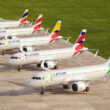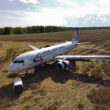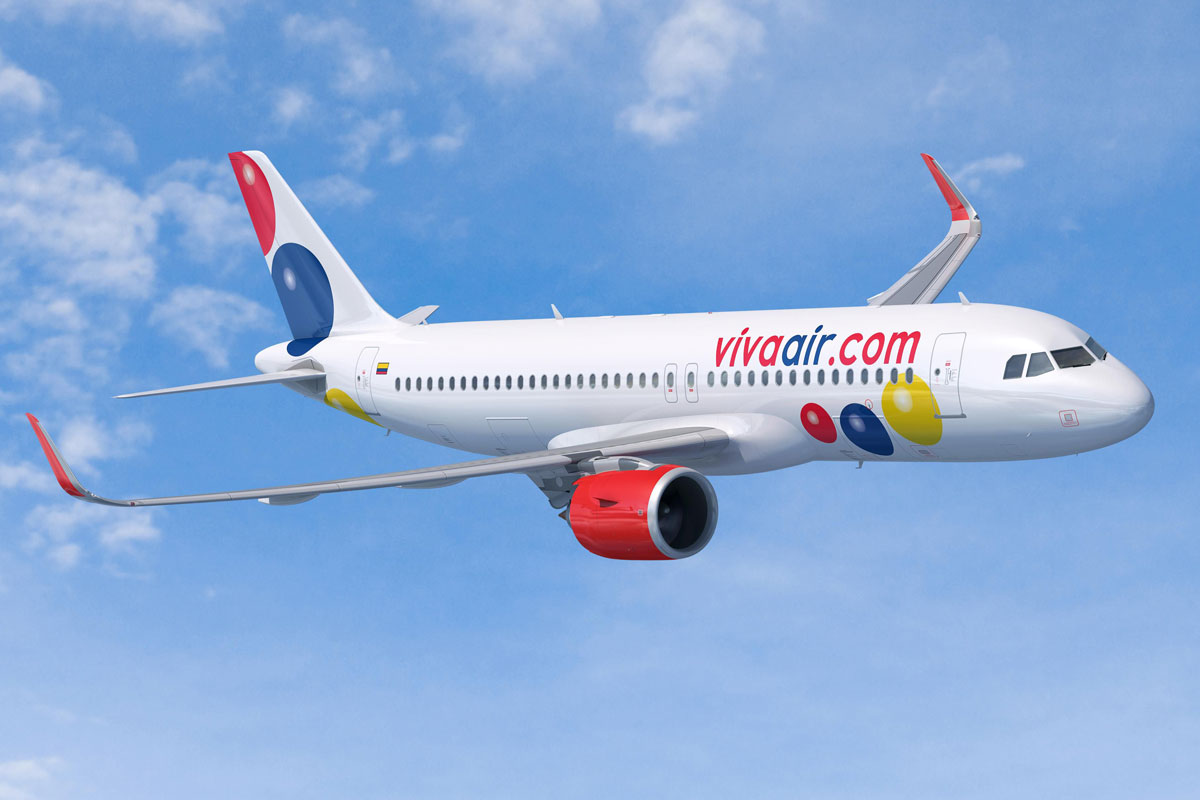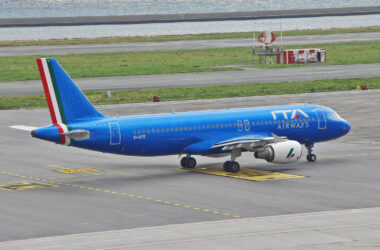Almost two years after creating Airbus Beluga Transport (AiBT), Airbus obtained the cargo company’s Air Operator Certificate (AOC).
The milestone is important as it allows AiBT to carry out commercial flights for third parties with its fleet of five BelugaST jets.
Based on the A300-600, the BelugaST can carry large volume cargo due to its enormous internal volume, developed to accommodate fuselages and wings.
Airbus, however, replaced the BelugaST with the BelugaXL, which is based on the A330-200 and has greater payload and range.
With the five jets in the background, the company decided to take advantage of their unique characteristics to offer a service to third parties, taking advantage of a market where Antonov freighters stand out.
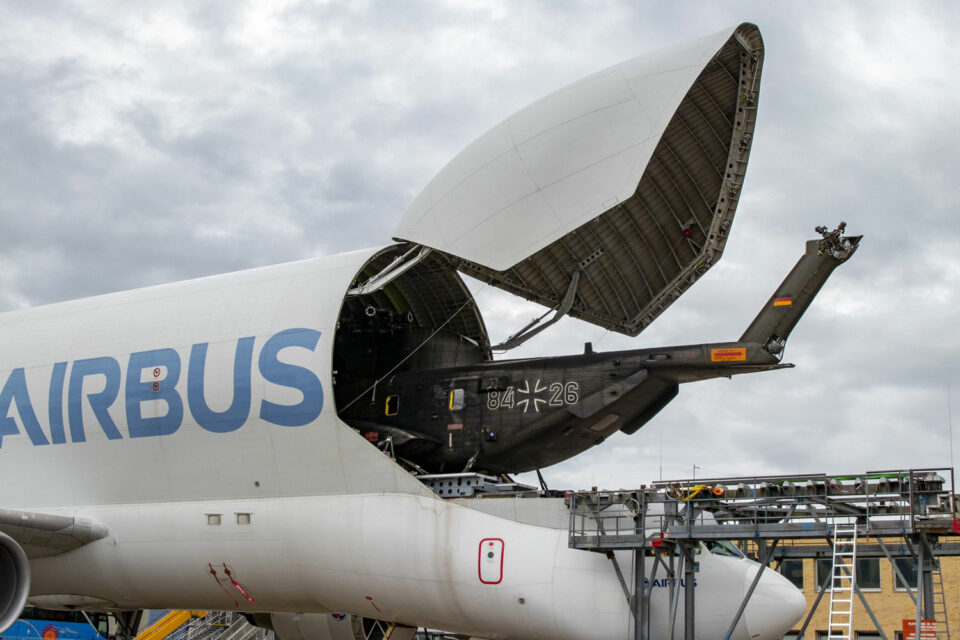
Logistical challenge
AiBT currently has three of the five BelugaSTs, which have been used to transport Airbus parts on short-haul flights.
“So far we’ve delivered payloads mainly for Airbus Helicopters and Airbus Defense and Space in 2022/2023 and we’re going to expand our customer base in 2024,” said Benoît Lemonnier, managing director of AiBT.
“Later in 2024 we also plan to ramp-up with what we call ‘external flights’, usually long-haul missions,” added Benoît. “We want to achieve three missions per month of that kind in 2024 – on top of the existing missions with the BelugaST throughout Europe in support of ATI’s service for Airbus’ production system.”
A fourth jet, however, should be incorporated in 2024.
The new carrier is now investing in hiring more pilots, which it plans to have 36 crew members by 2026.

Furthermore, Airbus Beluga Transport is developing techniques for handling and transporting various types of special cargo. It is worth noting that the aircraft’s cargo deck is quite high, requiring great coordination from the ground teams.
Follow Air Data News: Google News | Instagram | LinkedIn | Twitter | Facebook
Due to its peculiar characteristics, Beluga flights can take place at just 20,000 feet (6,100 m) when loaded with helicopters or 35,000 feet (10,700 m) when carrying satellites on board.
The reason is that the cargo compartment is not pressurized and rotary-wing aircraft cannot be exposed to high altitudes, unlike spacecraft, which are designed to operate in the vacuum of space.


